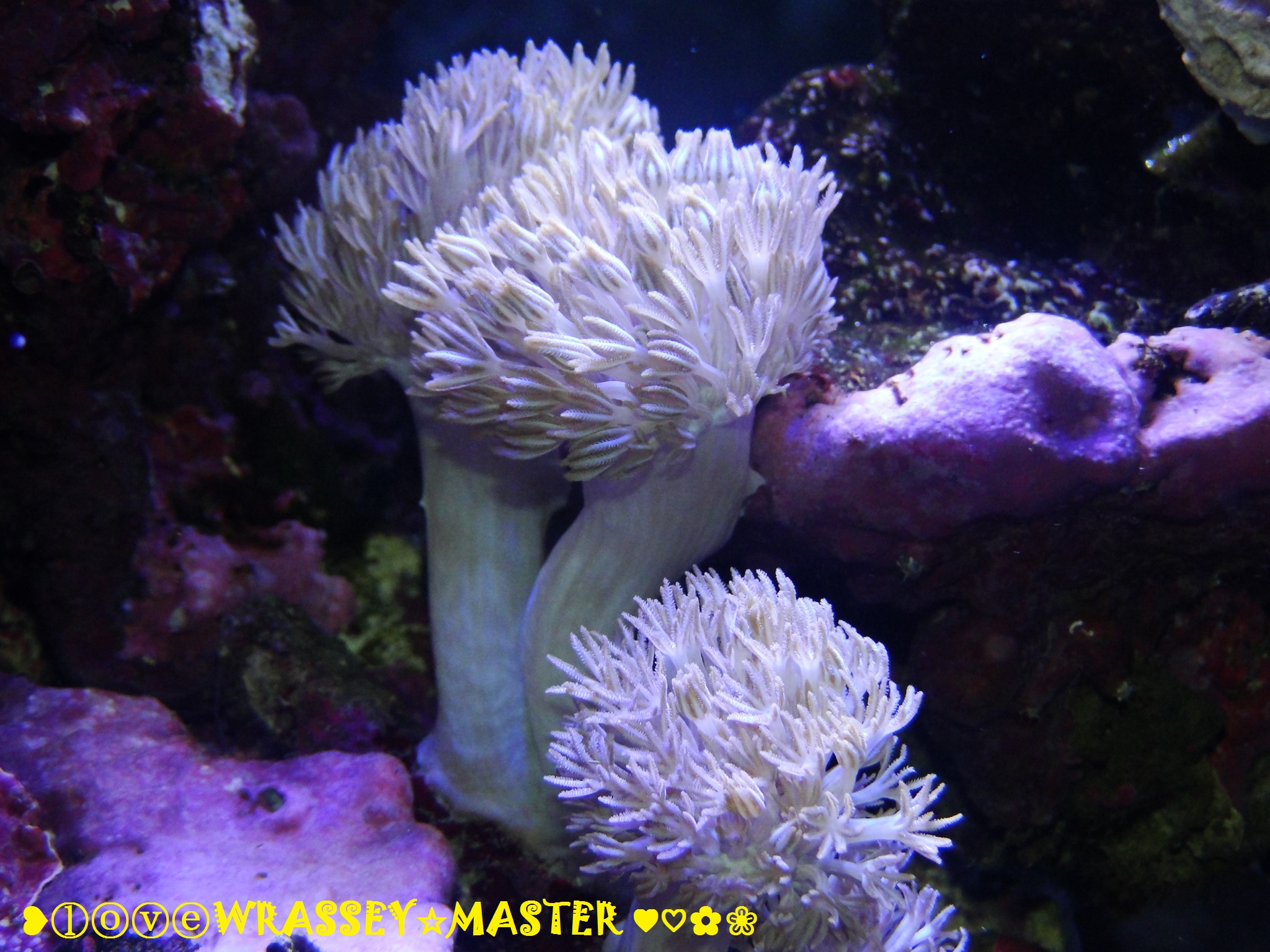Pulsing Xenia - Pulse Coral
Pulsing Xenia - Pulse Coral
The Pulsing Xenia or Pulse Coral, is a fascinating soft coral because of the pulsing action of the polyps. Pulsing Xenia can be fairly hardy once acclimated to your tank and provided that you can provide a suitable environment, they grow rapidly for a coral. Their polyps will pulse or, in other words, open and close. Picture your hand slowly opening and closing and you'll get a good idea of what we're trying to describe. There are many species of Xenia with many different colors such as white, pink, brown and cream colored.
Lighting is important with Xenia. They get most of the nutrients they need via the photosynthesis in their zooxanthellae. They will also feed on the dissolved nutrients in your tank and actually seem to do even better in tanks with higher than normal dissolved nutrients. If you keep these corals in tanks with lower lighting levels (such as power compacts) you may need to place them in the upper half of the tank. Metal Halide, VHO and HO light owners could get by with keeping them in the lower part of standard depth (36 inches or less) aquariums.
There are many theories out there regarding the pulsing action of the Pulsing Xenia. Some think it is related to oxygen/gas exchange and some feel that it is for the filter feeding. Whatever the reasoning is, they are neat to watch. Slower flowing water usually provides better pulse rates. One thing you don't want to do is keep a steady blast of current on them. They may fail to open their polyps and stay retracted. The good thing to know is that just because it's not pulsing doesn't necessarily mean that they are on the decline health wise. You'll usually read that natural seawater levels of iodine (0.03 - 0.06 mg/L) is needed for this pulsing action, but please have an iodine test kit on hand before you start a dosing regimen.
The xenia species you see in your local reef store are usually captively propagated or aquacultured. However, even given their relatively quick growth rates, Pulsing Xenia can still be expensive to acquire. One idea for getting some of the more expensive corals is to join a local aquarium or reef club. These clubs usually have frag swaps where you can trade or buy corals from club members inexpensively.
A word of caution is worth noting here. Some xenia corals can release chemicals that are thought to cause "significant damage to stony corals" (E. Borneman, Aquarium Corals). Given this information, you may want to reconsider keeping them in your tank if you also keep stony corals.



Recommended Comments
Join the conversation
You can post now and register later. If you have an account, sign in now to post with your account.